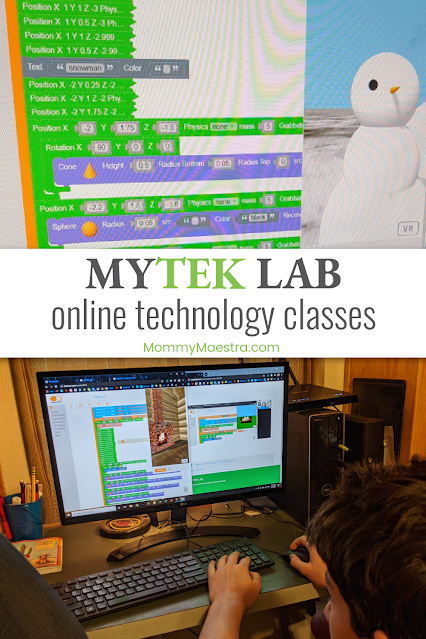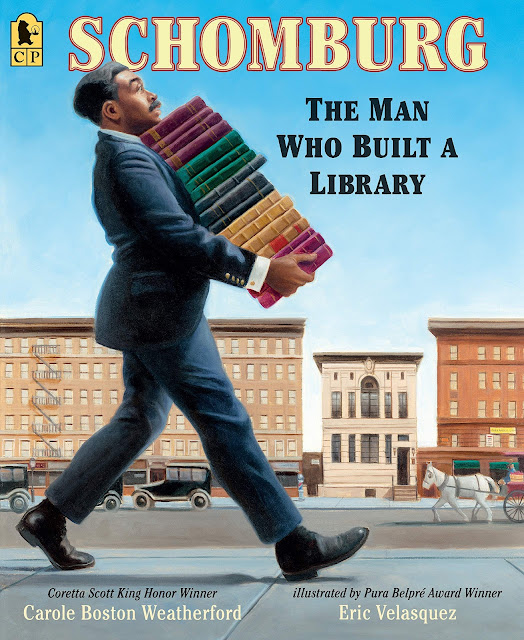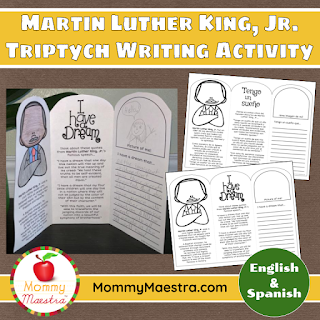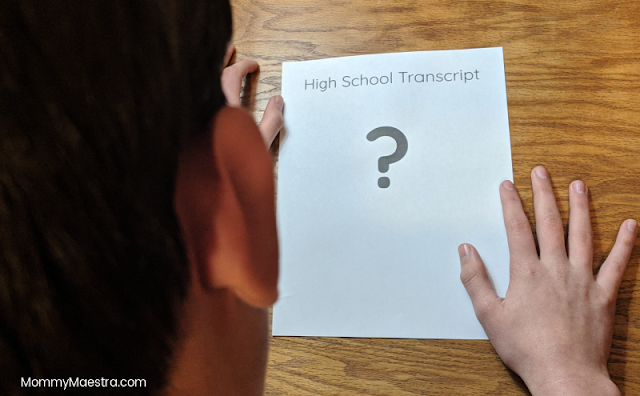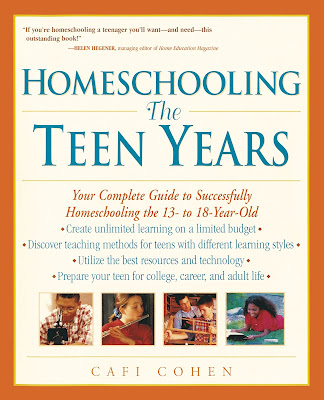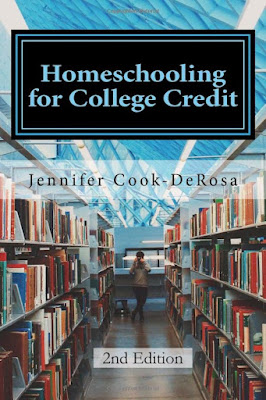
The following is a sponsored post in collaboration with College Prep Science and MommyMaestra. All opinions are my own.
Whether you're homeschooling for the first time or are a veteran homeschooler, there's a good chance that there's one class or subject that you are nervous about teaching. The two subjects that I hear parents say over and over again that they often feel unprepared to teach are math and science.
And many other parents who are working from home are simply looking to free up some of their time by having their children do a few subjects online.
So I think many of you will love learning about College Prep Science, a program for parents who are looking to "outsource" their child's homeschool science lessons.
Before going further, I want to note here that MommyMaestra shares homeschool resources for families of all faiths. This particular science program has a Christian perspective.
Quick Overview
Program: College Prep Science
Religious Perspective: Christian
Format: Live & Recorded
Grades: 4th - 12th
Price: Tuition varies from $120 to $880
Online Homeschool
I've talked before about the difference between homeschooling and distance learning. And if you pulled your child out of school because they switched to distance learning and it just wasn't working for your family, don't worry. This online program is nothing like doing school remotely.
Lots of homeschool families incorporate online learning into their school year. But you are still in charge of your child's overall education when you homeschool. And College Prep Science both acknowledges and encourages parental control.
When you first sign up for a class, you are encouraged to watch the Class Intro video in which the owner, Greg Landry, shares instructions for parents (and students). This video introduces parents to the class, then shares what they can expect out of it. He makes it 100% clear that parents are to use the classes as a tool in their homeschool programs to teach their children science - but that they are still in charge. College Prep Science provides all the information for each class through video lessons and pdf printables, but parents decide what their child will be required to complete in terms of labs, homework, and tests.
The courses are taught by Greg Landry, who is a veteran science teacher and homeschool dad, as well as a former college professor.
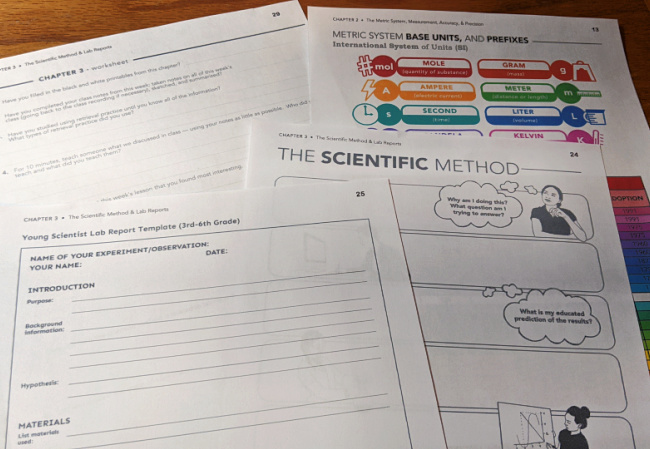
Self-Paced Science Classes
The best part (in my opinion) is that College Prep Science offers both live classes and RECORDED videos posted online. Live classes often don't fit into a homeschool family's flexible and dynamic schedule. And some students do better with recorded videos. Others may not have internet that's reliable enough for live classes. So when there is an opportunity for kids to watch videos on their own time and at their own pace, it's gold!
In my opinion, self-paced courses nurture confidence and mastery.
Recorded classes let children pause and replay important information, which is so much better for mastery of concepts and subjects. The whole point of an education is to teach the child in a way that they can understand, learn, and master knowledge and skills. I've often found the expectation for a child to keep up with the teacher to be counter-productive. As homeschoolers, we really want our kids to understand what they are learning and stay engaged. For some students, this requires a lot of repetition, while for others, they want to move on as soon as they feel they understand. So if your child wants to watch a portion of the video two or three times (or more!), let them! And if they feel confident they understand after one time, let them move on.
And if you are worried that your child will have questions that you can't understand, no worries! The portal that College Prep Science uses has a user-friendly dashboard that includes an inbox in the sidebar through which you can email your instructor directly with any questions or comments you may have about your class/lessons. (It really is a brilliant setup.)

How it works
Once you register for a class, you'll receive access to the site's Learning Management System. From your dashboard, you can select the class you want. That will take you to the class's "homeroom" page where you will find a list of the links to each video lesson, as well as any PDF downloads (with printable worksheets and more) your student will need, and instructions.
I had a chance to look at the Young Scientist Anatomy & Physiology class for students in 4th - 7th. Here's what I liked about it.
First, Mr. Landry is just a great teacher. He's knowledgeable and affable. It's easy to listen to him and - more importantly - to learn from him. He presents the information to children in words that kids can understand and pulls examples using items and concepts with which students are already familiar. And Mr. Landry frequently looks right at the camera making you feel like he's talking directly to you.
Next, the videos are set up very well. On one side you see Mr. Landry giving the lecture. And on the other side you see the visuals (like a powerpoint). It's like you are sitting with him and he has a printable on the table between you. And you can see all the notes he makes. He points things out, circles other things, etc.
Most of the visuals that I saw were also found in the PDF files for the class, allowing students to follow along and complete them at the same time.
But the best part, in my opinion, was the first class in which he teaches note taking. It's so great that I even had my 9th grader watch it! Because the ability to take good notes is one of the most valuable skills a child can learn. Taking good notes can make a world of difference in a student's academic success. And while there are many methods of taking notes, this was one of the best, I think, for engaging a student's memory skills.
If you are a parent looking to outsource your child's science class and this sounds like the type of program you need, head over to
College Prep Science to look through the list of courses that they offer!
Want to find this review again? Pin it!









